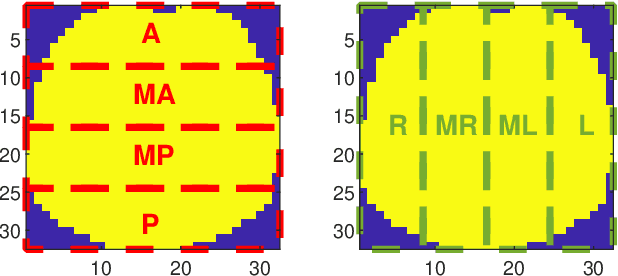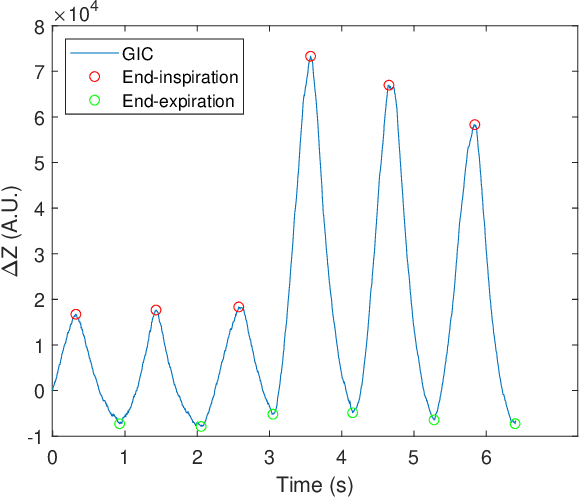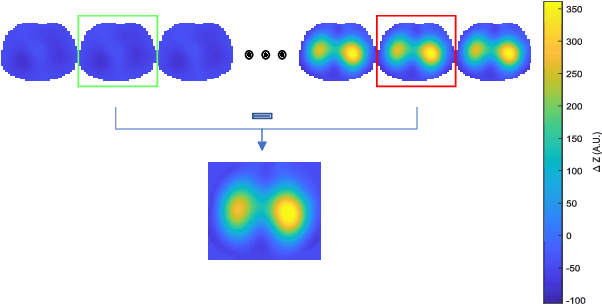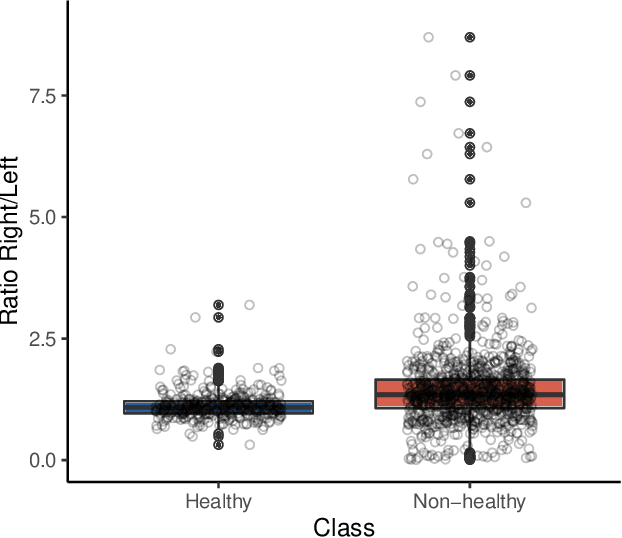Rui Pedro Paiva
MERGE -- A Bimodal Dataset for Static Music Emotion Recognition
Jul 08, 2024



Abstract:The Music Emotion Recognition (MER) field has seen steady developments in recent years, with contributions from feature engineering, machine learning, and deep learning. The landscape has also shifted from audio-centric systems to bimodal ensembles that combine audio and lyrics. However, a severe lack of public and sizeable bimodal databases has hampered the development and improvement of bimodal audio-lyrics systems. This article proposes three new audio, lyrics, and bimodal MER research datasets, collectively called MERGE, created using a semi-automatic approach. To comprehensively assess the proposed datasets and establish a baseline for benchmarking, we conducted several experiments for each modality, using feature engineering, machine learning, and deep learning methodologies. In addition, we propose and validate fixed train-validate-test splits. The obtained results confirm the viability of the proposed datasets, achieving the best overall result of 79.21% F1-score for bimodal classification using a deep neural network.
Classification of Electrical Impedance Tomography Data Using Machine Learning
Aug 02, 2021



Abstract:Patients suffering from pulmonary diseases typically exhibit pathological lung ventilation in terms of homogeneity. Electrical Impedance Tomography (EIT) is a non-invasive imaging method that allows to analyze and quantify the distribution of ventilation in the lungs. In this article, we present a new approach to promote the use of EIT data and the implementation of new clinical applications for differential diagnosis, with the development of several machine learning models to discriminate between EIT data from healthy and non-healthy subjects. EIT data from 16 subjects were acquired: 5 healthy and 11 non-healthy subjects (with multiple pulmonary conditions). Preliminary results have shown accuracy percentages of 66\% in challenging evaluation scenarios. The results suggest that the pairing of EIT feature engineering methods with machine learning methods could be further explored and applied in the diagnostic and monitoring of patients suffering from lung diseases. Also, we introduce the use of a new feature in the context of EIT data analysis (Impedance Curve Correlation).
Detection of squawks in respiratory sounds of mechanically ventilated COVID-19 patients
Jul 28, 2021



Abstract:Mechanically ventilated patients typically exhibit abnormal respiratory sounds. Squawks are short inspiratory adventitious sounds that may occur in patients with pneumonia, such as COVID-19 patients. In this work we devised a method for squawk detection in mechanically ventilated patients by developing algorithms for respiratory cycle estimation, squawk candidate identification, feature extraction, and clustering. The best classifier reached an F1 of 0.48 at the sound file level and an F1 of 0.66 at the recording session level. These preliminary results are promising, as they were obtained in noisy environments. This method will give health professionals a new feature to assess the potential deterioration of critically ill patients.
Influence of Event Duration on Automatic Wheeze Classification
Nov 04, 2020



Abstract:Patients with respiratory conditions typically exhibit adventitious respiratory sounds, such as wheezes. Wheeze events have variable duration. In this work we studied the influence of event duration on wheeze classification, namely how the creation of the non-wheeze class affected the classifiers' performance. First, we evaluated several classifiers on an open access respiratory sound database, with the best one reaching sensitivity and specificity values of 98% and 95%, respectively. Then, by changing one parameter in the design of the non-wheeze class, i.e., event duration, the best classifier only reached sensitivity and specificity values of 55% and 76%, respectively. These results demonstrate the importance of experimental design on the assessment of wheeze classification algorithms' performance.
Accurate Segmentation of Dermoscopic Images based on Local Binary Pattern Clustering
Feb 20, 2019



Abstract:Segmentation is a key stage in dermoscopic image processing, where the accuracy of the border line that defines skin lesions is of utmost importance for subsequent algorithms (e.g., classification) and computer-aided early diagnosis of serious medical conditions. This paper proposes a novel segmentation method based on Local Binary Patterns (LBP), where LBP and K-Means clustering are combined to achieve a detailed delineation in dermoscopic images. In comparison with usual dermatologist-like segmentation (i.e., the available ground-truth), the proposed method is capable of finding more realistic borders of skin lesions, i.e., with much more detail. The results also exhibit reduced variability amongst different performance measures and they are consistent across different images. The proposed method can be applied for cell-based like segmentation adapted to the lesion border growing specificities. Hence, the method is suitable to follow the growth dynamics associated with the lesion border geometry in skin melanocytic images.
 Add to Chrome
Add to Chrome Add to Firefox
Add to Firefox Add to Edge
Add to Edge